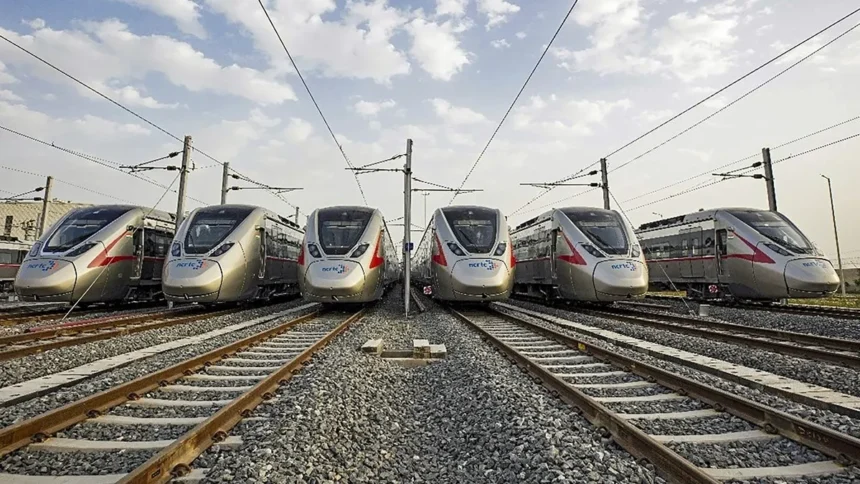Think about traversing the huge expanse of the Arabian Sea and arriving in Dubai from Mumbai in a mere two hours.This seemingly futuristic imaginative and prescient is taking form as a radical transportation venture proposes a high-speed underwater practice connecting the 2 main hubs. Spearheaded by the UAE’s Nationwide Advisor Bureau Restricted (NABL), this bold enterprise envisions a 2,000-kilometre subsea rail hall beneath the Arabian Sea, promising to drastically cut back journey time between the bustling Indian metropolis and the glittering UAE metropolis. Leveraging cutting-edge know-how akin to the hyperloop system, the proposed underwater practice is designed to function at breathtaking speeds starting from 600 to 1,000 kilometres per hour. This revolutionary mode of transport goals to offer a swift and environment friendly different to traditional air journey, considerably bettering connectivity and fostering stronger ties between India and the UAE, two nations with deep-rooted financial and cultural hyperlinks. Nevertheless, such an unprecedented undersea venture is fraught with formidable engineering challenges. Past the staggering monetary funding, estimated to run into billions of {dollars}, making certain the structural integrity of the rail hall beneath immense underwater strain presents a essential hurdle. Implementing complete security measures to safeguard passengers and cargo on this distinctive setting is paramount. Moreover, powering the high-speed trains sustainably throughout such an enormous distance necessitates the event of progressive and dependable vitality sources, aligning with the worldwide push for eco-friendly transportation options.The imaginative and prescient extends past passenger transit, with the undersea trains being designed to move not solely individuals but additionally items, together with essential commodities like crude oil and water. This twin performance has the potential to considerably bolster commerce relations between India and the UAE, making a extra environment friendly and probably much less carbon-intensive mode of transporting important assets. At present within the conceptual part, the venture awaits the essential nod of approval from the respective governments of India and the UAE. If the mandatory permissions are granted and the bold engineering feats may be overcome, the goal completion date for this groundbreaking infrastructure venture is about for 2030. Attaining this timeline would mark a monumental milestone within the realm of worldwide transportation infrastructure, probably reshaping international connectivity.The profitable realisation of this bold underwater rail hyperlink might present invaluable information and expertise, paving the best way for the event of comparable transformative tasks in different elements of the world. Moreover, by providing a probably extra energy-efficient different to air journey for this particular route, the venture holds the promise of lowering the general carbon footprint related to journey between the 2 areas, aligning with worldwide initiatives geared toward creating efficient and sustainable transport techniques for the longer term. Whereas the challenges are vital, the potential rewards by way of connectivity, commerce, and environmental affect make this underwater bullet practice idea a compelling imaginative and prescient for the way forward for worldwide journey.India UAE Envision Subsea Excessive-Velocity Rail








